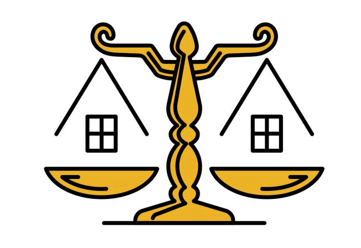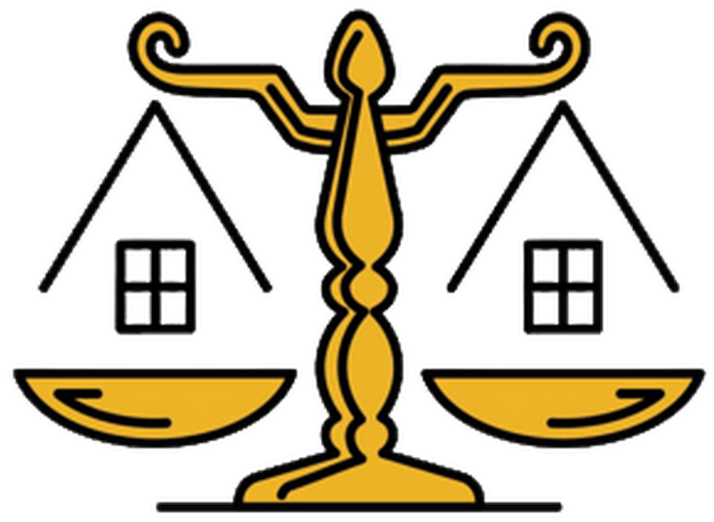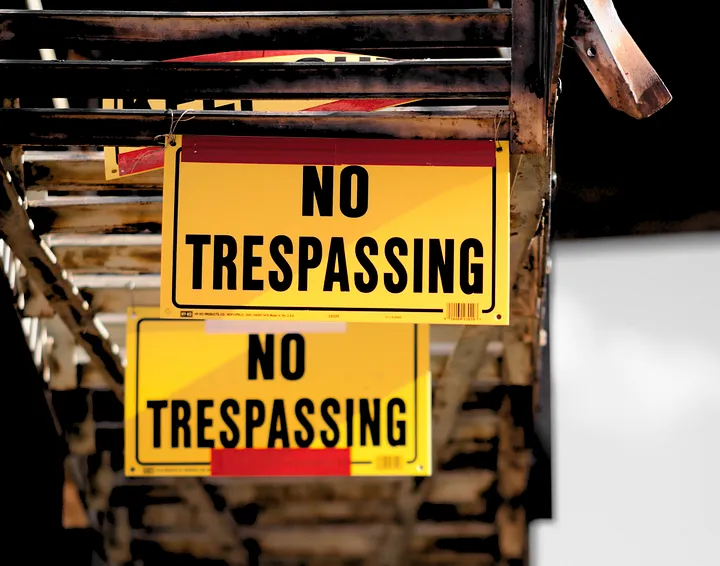Effective Legal Insights: Understanding the Relationship Between Nuisance and Trespass
NUISANCE VS TRESPASS
If you plant a tree on your land, but it grows and spreads to your neighbor’s property and causes problems for him, is that a nuisance or trespass? What if someone enters your property without your consent to disrupt you while you’re having fun there? Due to these two torts’ similarities, there are many situations when individuals become confused between them. The contrasts between trespass and nuisance, notwithstanding some overlap and similarities, shall be emphasized in this article.
NUISANCE
Generally speaking, a nuisance is defined as anything that causes another person discomfort. When someone is unable to use and enjoy his own property, it becomes illegal. This means that if a landowner is unable to use his property due of another individual, he may bring a nuisance lawsuit against him. Thus, nuisance is indirect in nature. A neighbor playing music loudly in his own house can be a source of nuisance for you. You become annoyed as you cannot peacefully do what you are doing.
TRESPASS
In order to commit the tort of trespass, another person must directly interfere with the plaintiff’s property. It constitutes trespassing if a neighbor grows trees on your land. Even if he tosses stones into your yard, that would still be considered trespassing. Trespass extends to the airspace above the plaintiff’s property in addition to the surface area. Trespass only becomes an issue when there is a physical invasion by something or someone, it is important to keep in mind. Trespassing is defined as when someone enters your property without authorization and remains there.
WHAT IS THE DIFFERENCE BETWEEN NUISANCE AND TRESPASS
1. Nuisance is an indirect interference with the plaintiffs property.
2. It is created by some intangible objects such as gas, noise, smell, smoke, pollution, vibrations, electricity, etc.
3. It interferes the plaintiffs use or enjoyment of land or property.
4. A plants a tree in his own land. The tree grows, and its branches and roots spread into the land of B. It is nuisance.
5. A’s building has become ruinous, and it may collapse at any time and fall upon B’s house. A and B notice it. But A does not take proper steps to prevent it. Some of the walls of A’s house fell upon on B’s house. It is a nuisance.
6. Nuisance is actionable only when the special damage is proved.
TRESPASS
1. Trespass is a direct interference with the plaintiffs property.
2. It is always by some material or tangible objects.
3. It interferes with possession of the land or property of plaintiff.
4. A occupies B’s land forcibly and plants trees. It is a trespass.
5. A throws some stones upon his neighbor B’S house. It is a trespass.
6. Trespass is actionable per se i.e. without proof of damage.
CONCLUSION
In conclusion, while nuisance and trespass both deal with interference in one’s use or enjoyment of property, they each represent distinct legal concepts with different implications. Trespass is a more direct violation, often involving a physical intrusion or wrongful entry onto someone else’s land or property. Whether intentional or not, the act of trespass leads to immediate harm or disturbance, which is actionable under property law. On the other hand, nuisance typically refers to activities or conditions that cause harm or inconvenience to others over time, impacting the use and enjoyment of property, even if no physical entry occurs.
Understanding the difference between these two is essential for both property owners and tenants alike. While trespass focuses on the physical act of entering another’s property without permission, nuisance involves broader forms of disturbance that may not be as obvious but can have lasting effects. Moreover, the remedies for each differ. In the case of trespass, the aggrieved party can seek compensation for any physical damage or intrusion, while in nuisance cases, the focus is often on stopping the ongoing disruption and preventing further harm.
Both areas of law are crucial for safeguarding individual property rights and ensuring peaceful enjoyment of one’s premises. By understanding the key differences between nuisance and trespass, individuals can better assess when legal action is warranted and how to pursue their rights effectively. Whether it’s the physical boundary violation of trespass or the ongoing disturbances of nuisance, being well-informed will empower property owners to take the necessary steps to resolve disputes and protect their interests.
In many cases, addressing these issues early through legal advice or intervention can prevent further escalation, ensuring that property owners can maintain control over their property and avoid unnecessary legal battles.
NB: This article is not a legal advice, and under no circumstance should you take it as such. All information provided are for general purpose only. For information, please contact chamanlawfirm@gmail.com
WRITTEN BY CHAMAN LAW FIRM TEAM
EMAIL: chamanlawfirm@gmail.com
TEL: 08065553671, 08024230080


